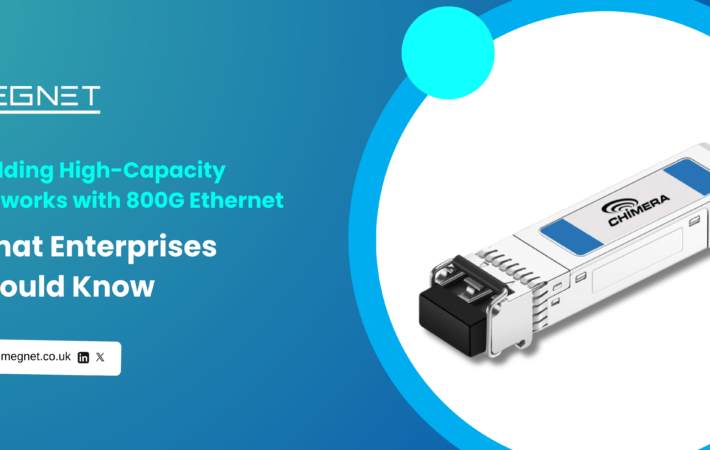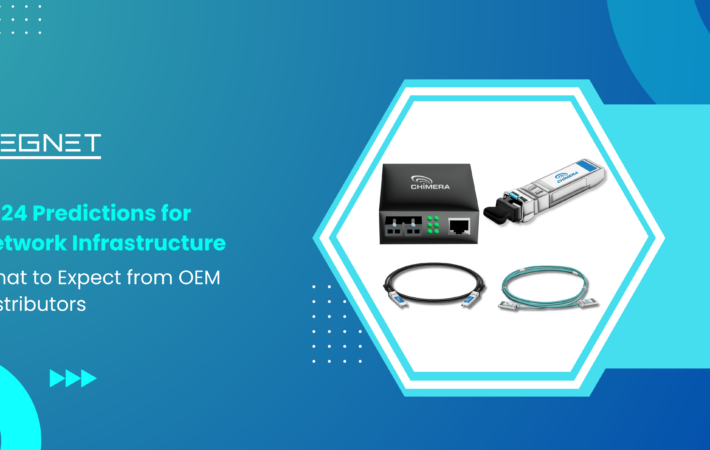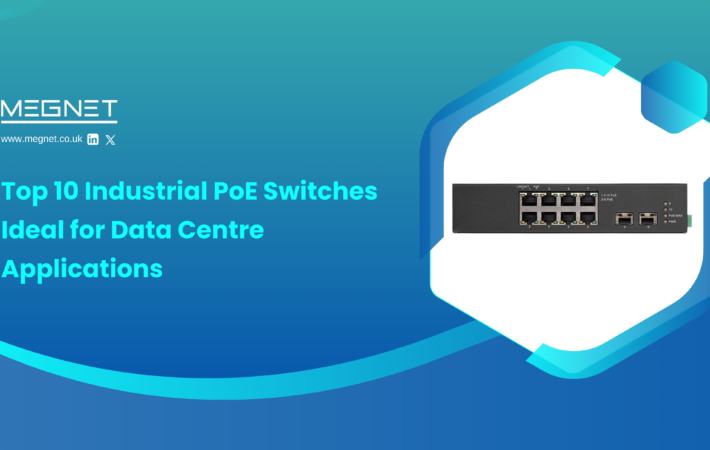
The Need For Optical Transceivers For 5G Networks?
The hype around impending 5G wireless rollouts could place the reader into one of two camps. The realist camp may say 5G wireless is just like the first generation of broadband services in the early part of the century.
There is great hype around the endless possibilities afforded by high-speed Internet, but without tangible ‘killer apps’ to drive adoption, it’s unclear how to justify the massive investment. Deloitte Consulting estimates that fiber infrastructure investment of $130B to $150B will be required to build out 5G across the United States over five to seven years—let alone the rest of the world. Source – https://pipelinepub.com/Network_Evolution/fiber
Visionaries may state that 5G Networks will offer access to new applications like artificial intelligence and smart city infrastructure that could define the next industrial revolution. Companies and countries failing to act now will find themselves left behind global and regional powers that are indeed investing in 5G.
As we navigate the post-COVID-19 world, we are finding that economic and social survival is tied to the ability to work and play at a distance. If ever there was a time for a revolutionary new Internet technology to take hold, now would seem to be it.
The advent of 5G technology has brought forth a new era of connectivity, enabling faster speeds, lower latency, and massive device connectivity. At the heart of this transformative technology are optical transceivers, which play a critical role in delivering the unparalleled performance demanded by 5G networks. In this comprehensive guide, we will explore the need for optical transceivers in 5G networks, their benefits, technical specifications, and how they contribute to the success of this next-generation wireless standard.
Get ready to delve into the world of optical transceivers and discover how they unlock the full potential of 5G networks.
Understanding Optical Transceivers
Before we dive into the specifics of optical transceivers for 5G networks, let’s start by understanding what they are and how they function. An optical transceiver is a device that integrates a transmitter and a receiver in a single module, enabling bidirectional communication over fiber optic cables.

These transceivers convert electrical signals into optical signals for transmission and then convert them back to electrical signals for reception.
In 5G networks, optical transceivers play a crucial role in bridging the gap between the core network and the wireless access network. They facilitate the efficient transmission of high-speed data, voice, and video traffic over fiber optic infrastructure, enabling seamless
connectivity and enhancing the overall network performance.
The Need for Speed and Capacity
One of the key drivers behind the adoption of 5G technology is the need for faster speeds and increased capacity. With the explosion of data-intensive applications such as streaming, gaming, and IoT devices, traditional network infrastructure simply cannot keep up. This is where optical transceivers step in to provide the necessary bandwidth and throughput to meet the growing demands of 5G networks.
Optical transceivers offer significant advantages over copper-based solutions in terms of speed and capacity. They can support extremely high data rates, ranging from several gigabits per second to multiple terabits per second, enabling seamless delivery of high-definition multimedia content and ultra-low latency services.
Enabling Reliable and Low-Latency Connectivity

In addition to speed and capacity, optical transceivers are instrumental in providing reliable and low-latency connectivity in 5G networks. The ultra-low latency of optical transceivers ensures real-time communication and responsiveness, making them ideal for latency-sensitive applications such as autonomous vehicles, remote surgery, and industrial automation.
Furthermore, optical transceivers offer enhanced signal integrity and resistance to electromagnetic interference, resulting in improved network reliability and reduced packet loss. This reliability is crucial for delivering uninterrupted connectivity and meeting the stringent service level agreements required by various 5G use cases.
Supporting Massive Device Connectivity
5G networks are designed to support massive device connectivity, enabling the Internet of Things (IoT) to flourish. Optical transceivers play a vital role in this aspect by providing the necessary bandwidth to accommodate a vast number of connected devices simultaneously.
By leveraging wavelength division multiplexing (WDM) technology, optical transceivers can transmit multiple signals over a single fiber, effectively increasing the network capacity.
This allows for the seamless integration of IoT devices, smart sensors, and other connected devices, enabling the creation of smart cities, smart homes, and intelligent transportation systems.
Technical Specifications and Considerations
To fully understand optical transceivers for 5G networks, it is important to explore their technical specifications and considerations when selecting the right transceivers for deployment.
- Transmission Distance and Reach:
Optical transceivers are available in different variants to support various transmission distances. These variants include short-reach transceivers (up to a few kilometers), mid-reach transceivers (up to tens of kilometers), and long-reach transceivers (up to hundreds of kilometers). The choice of transceiver depends on the network architecture and the distance between base stations and core network elements.
- Form Factors and Interface Types:
Optical transceivers come in various form factors, such as Small Form-factor Pluggable (SFP), Quad Small Form-factor Pluggable (QSFP), and C- or O-Band Pluggable (C or OBO). Each form factor has its own interface types, including LC, SC, and MPO connectors. The selection of form factors and interface types depends on the specific requirements of the network infrastructure and the compatibility with existing equipment.
- Wavelength and Spectrum:
Optical transceivers operate at specific wavelengths within the optical spectrum. For 5G networks, common wavelength bands include C-band and O-band. The choice of wavelength depends on factors such as transmission distance, fiber type, and the availability of spectrum.
- Power Consumption:
Power consumption is a crucial consideration in 5G network deployments. Optical transceivers with low power consumption help reduce energy costs and contribute to the overall sustainability of the network infrastructure.
- Network Management and Monitoring:
Effective network management and monitoring are essential for ensuring optimal performance and identifying potential issues. Optical transceivers with built-in monitoring capabilities, such as digital diagnostics monitoring (DDM) or digital optical monitoring (DOM), enable real-time monitoring of optical power levels, temperature, and other critical parameters.
As 5G networks continue to evolve and expand, optical transceivers are expected to undergo further advancements and innovations. Some of the future trends in optical transceiver technology include higher data rates, increased transmission distances, and improved power efficiency. Additionally, the development of pluggable coherent transceivers holds promise for enabling even higher capacities and longer transmission distances.
In conclusion, optical transceivers are indispensable components in the architecture of 5G networks. They enable high-speed data transmission, enhance network capacity, ensure reliable and low-latency connectivity, and support massive device connectivity. By leveraging the power of optical transceivers, 5G networks can meet the increasing demands of today’s data-driven world, unlocking a multitude of new applications and services.
As the deployment of 5G networks expands globally, the need for advanced optical transceivers will continue to grow. Network operators, service providers, and businesses must carefully consider the technical specifications, compatibility, and future scalability of optical transceivers to ensure optimal network performance and a seamless 5G experience.
Investing in high-quality optical transceivers and partnering with trusted suppliers and manufacturers will be crucial to harnessing the full potential of 5G networks. Embrace the power of optical transceivers and join the 5G revolution, where speed, capacity, and connectivity converge to shape the future of communication.
FAQ's
Optical Transceivers are necessary for 5G networks because they enable high-speed, low-latency, and reliable data transmission over long distances.
Optical transceivers enhance the performance of 5G networks by providing higher bandwidth, increased data capacity, and improved signal integrity.
No, 5G networks heavily rely on optical transceivers for their high-speed data transmission capabilities and efficient connectivity.
The key advantages include faster data rates, lower latency, increased capacity, longer transmission distances, and improved network reliability.
Yes, optical transceivers come in various types and form factors to support different network requirements and transmission distances.
Optical transceivers contribute to lower network latency by enabling faster transmission of data, resulting in quicker response times for applications and services.
Yes, optical transceivers can enhance network security by offering secure and encrypted transmission of data, safeguarding sensitive information in 5G networks.
Yes, optical transceivers provide the necessary bandwidth and capacity to support emerging technologies like the Internet of Things (IoT) and Artificial Intelligence (AI) in 5G networks.
Factors such as transmission distance, bandwidth requirements, power consumption, and network scalability should be considered when choosing optical transceivers for 5G networks.
Single-mode transceivers are suitable for long-distance transmission, while multimode transceivers are used for shorter distances within localized networks.









Leave a comment
Your email address will not be published. Required fields are marked *